
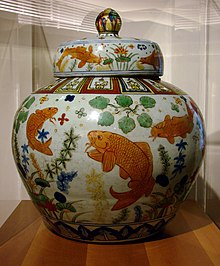



Painted pottery pot with raised reliefs of dragons and phoenixes, Western Han Dynasty (202 BC – 9 AD)

The Statue of Heavenly Guardian, Polychrome glazed pottery, Tang Dynasty.
Taken in Shanghai Museum.
Tang, A. D. 618—907.
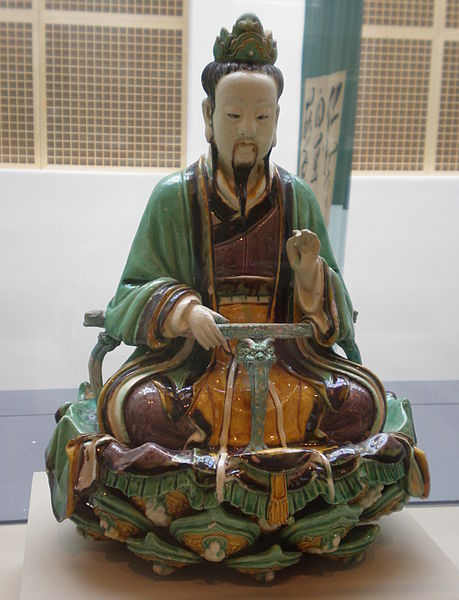
A Ming glazed earthenware statue of a seated Buddha
Seated Buddha, Late Ming dynasty (1368-1644), approx. 1500-1644 on display at the Asian Art Museum in San Francisco, California. Medium: High fired ceramic with multicolor glazes. Origin: Cizhou, China. Dimensions: H. 14 in x W. 9 5/8 in. B70P4

Blue and white covered jar with cloud and dragon, marked with the word "Longevity"
Jia Jing period, Ming Dynasty, 1522-1566
Porcelain from the reign of the Qianlong Emperor (1735–1796)

White porcelain from the reign of the Qianlong Emperor (1735–1796)
Porte-Chapeau en porcelaine blanche, Chine, milieu du XVIII, dinastie Qing, période Qianlong, photographié à la Fondation Calouste Gulbenkian à Lisbonne, Portugal

Porcelain plate from the reign of the Qianlong Emperor (1735–1796)
Plat à décor de personnages dans un paysage. Dynastie Qing, début de la période Qianlong (1736-1795) vers 1736-1738. Bleu de cobalt, rouge de fer et rehauts d'or.Pièce de commande pour la Compagnie des Indes hollandaises. Musée Guimet, Paris.
Author Vassil
Vassil
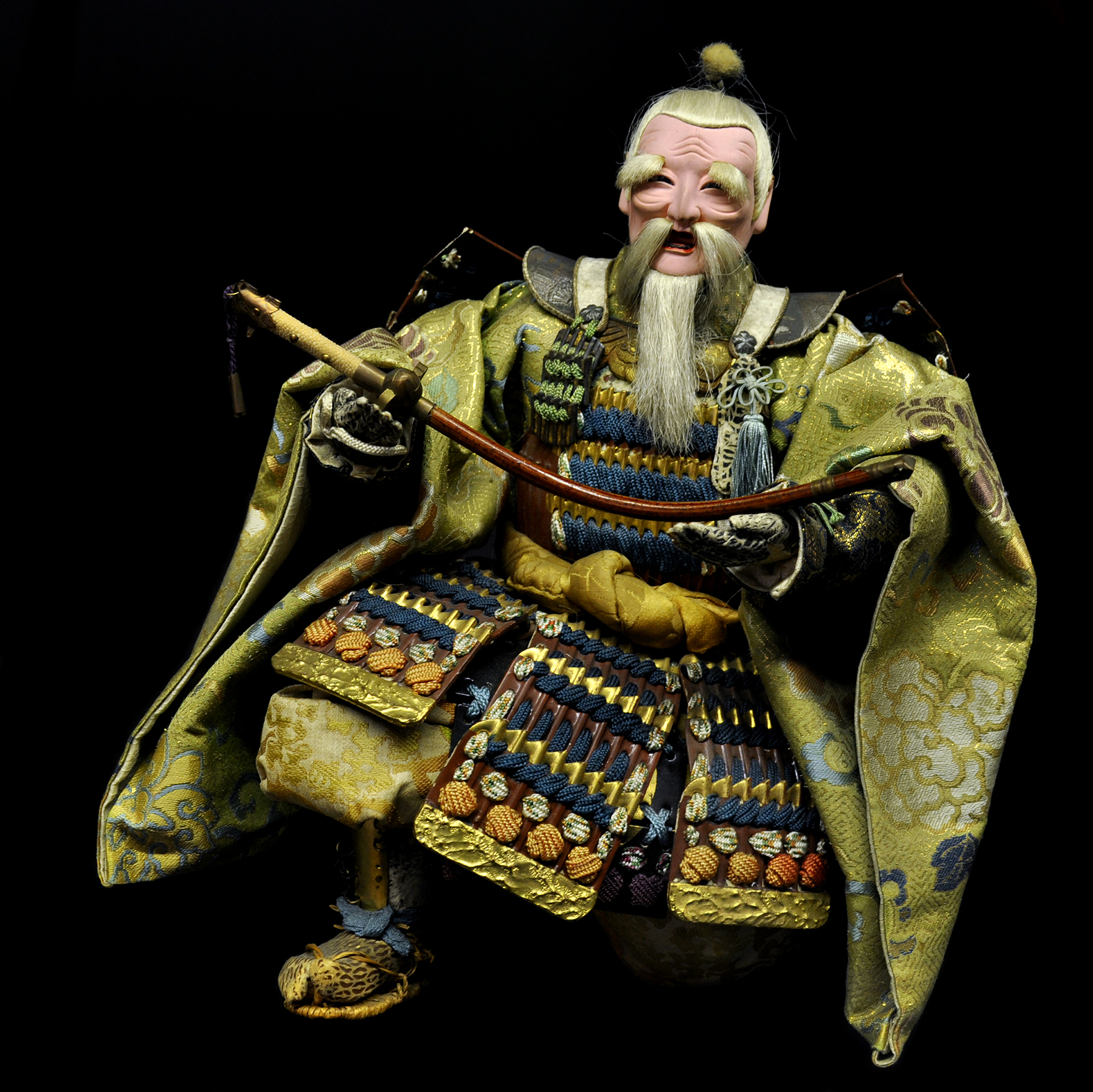
Doll ( musha-ningyo ) featuring Takenouchi-No-Sukune, minister of the emperor Ojin; end of the Edo period, 19th century, Japan . Ann and Gabriel Barbier-Mueller Museum, Dallas (Texas) ; the photograph was taken during an exhibition in the Musée des Arts Premiers in Paris.
Date 30 December 2011
Source Own work
Author Vassil

English: A jade khanjar (dagger) handle shaped as a horse-head. 18th century. It is adorned with jade, gold, ruby, emeralds.
Date 29 September 2007
Author Vassil
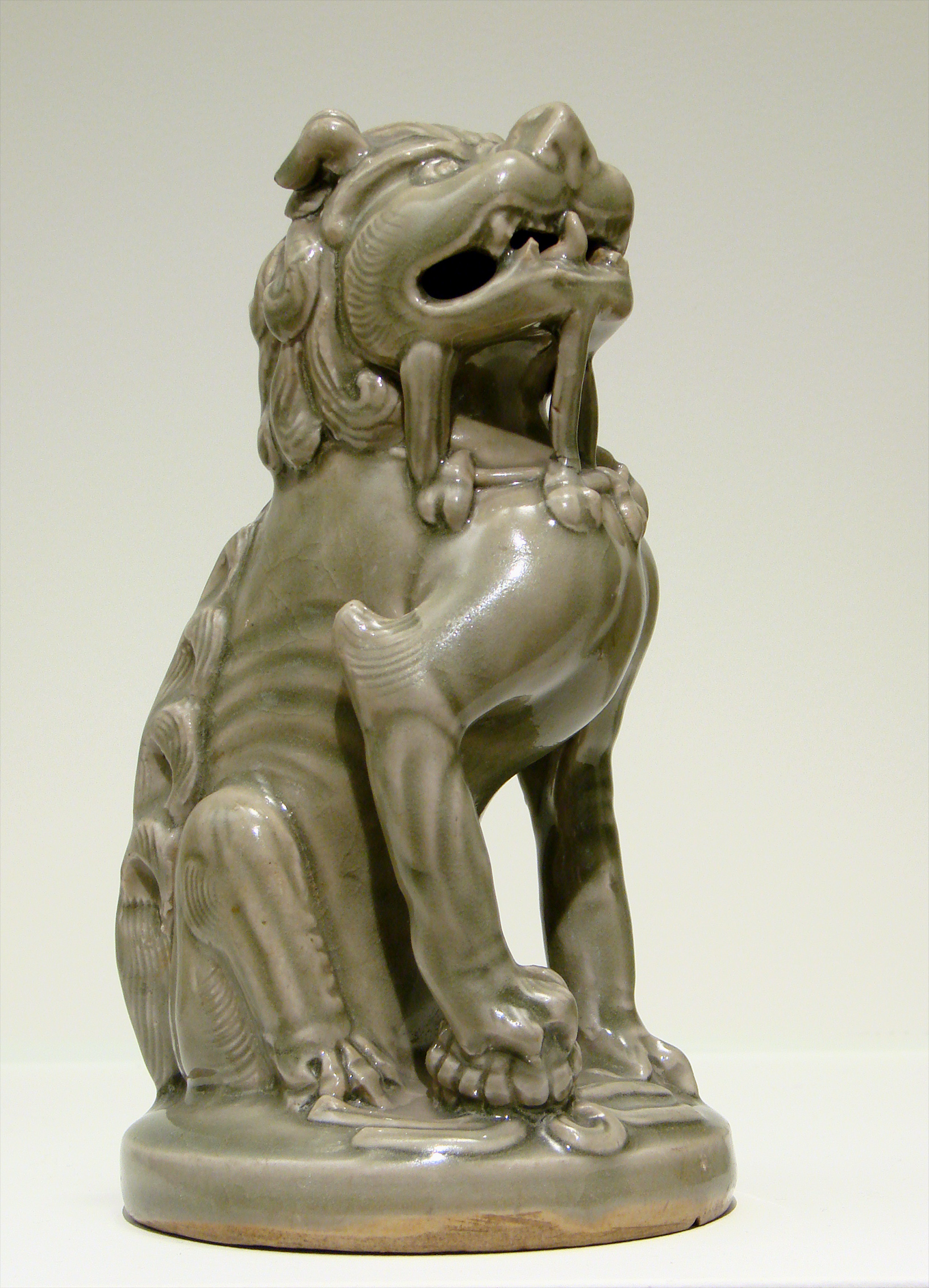
Description
Lion assis, grès porcelaineux de type céladon. Chine du Nord, Shaanxi, Yaozhou, Dynastie des Song du Nord, 11ème-12ème siècle. Musée Guimet, Paris.
Date 27 November 2007
Source Own work
Author Vassil

A ceramic female polo player, from northern China, Tang Dynasty, first half of the 8th century, made with white slip and polychrome. From the Musée Guimet (Guimet Museum), Paris.
Date 29 October 2007
Author Vassil

Français : Dakini dansante, cuivre doré avec traces de polychromie, 18ème siècle (?), Tibet. Musée Guimet à Paris.

Masque de No représentant un vieil homme ou un fantôme empruntant le corps d'un vieil homme. Epoque d'Edo (1603-1868), bois laqué et peint, crins de cheval. Musée Guimet, Paris.

Masks for theater (Wayang Topeng), Java, given to the museum in 1879, 19th century (?).
Royal Museums of Art and History (MRAH), Jubilee Park, Brussels.
Date 2 October 2011
Author Vassil
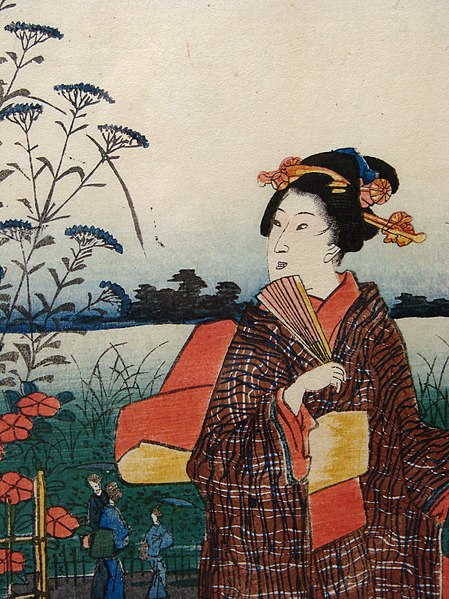
llustration du Genji Monogatari, 19ème siècle (détail). Musée Saint-Remi à Reims.
Vassil
Link:
https://commons.wikimedia.org/wiki/User:Vassil
Source: https://en.wikipedia.org/wiki/Chinese_ceramics
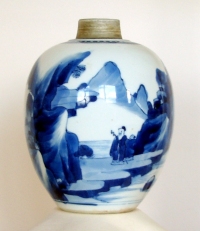

No comments:
Post a Comment